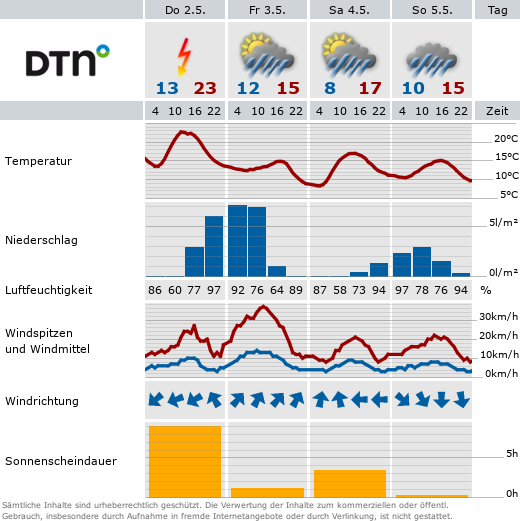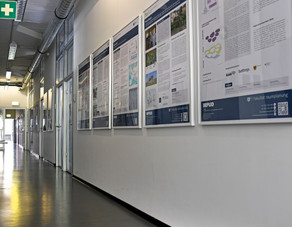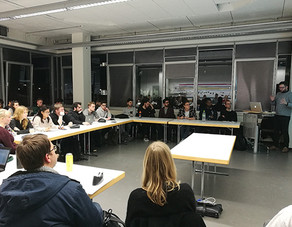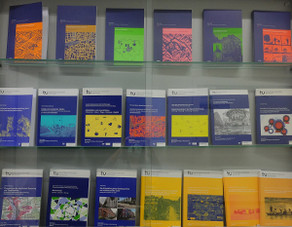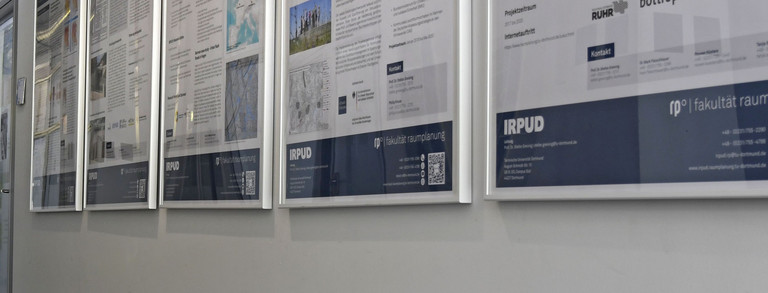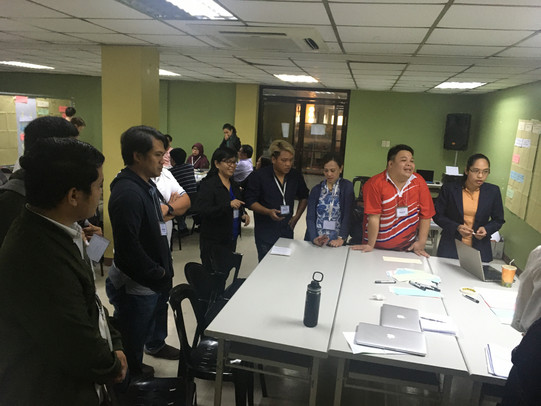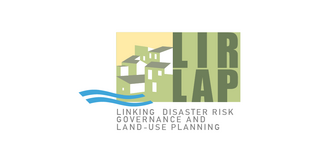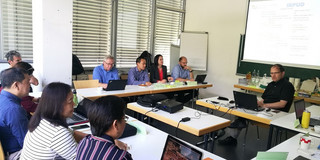LIRLAP-Workshop in Manila
- Projects
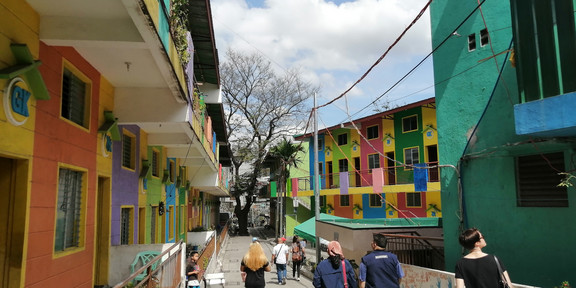
The research project Linking disaster risk governance and land-use planning: the case of informal settlements in hazard prone areas in the Philippines (LIRLAP), which is funded by the German Federal Ministry of Education and Research, BMBF has successfully conducted its interim results workshop in Quezon City, Metro Manila in early February 2020. LIRLAP, currently in its definition phase, seeks to determine the most suitable, sustainable and socially acceptable solutions to the formidable challenges of informal settler families living in high risk areas in Metro Manila. The ultimate goal of this effort is to enhance resilience of communities under poverty and informality and to make resilience an ability of locality.
50 local experts in risk disaster management from all levels of national, regional and local government agencies, universities and research institutions experts, civil society, international organizations participated in the workshop, hosted by the local partner the School of Urban and Regional Planning, University of the Philippines. Additionally, LIRLAP outreaching partners from Indonesia, Vietnam and Thailand presented their country perspectives and interests in joining LIRLAP.
Together with LIRLAP German partners, the Institute of Spatial and Regional Planning (IREUS), Universität Stuttgart and the Department of Geography, Ludwig-Maximilians-Universität München (LMU), the IRPUD team lead by Prof. Dr. Stefan Greiving with Dr. Du Juan and Dr. Wolfgang Scholz have been working with local experts on
- Risk Trends - identification of key drives of urbanization (lead LMU);
- Resilient Upgrading - identification of agents and needs (lead IRPUD);
- Resilient Retreat - identification of actor network (lead IREUS); and
- Capacity building and Dissemination - training programme and joint PhD programme (lead IRPUD).
An important part was a fieldtrip to resilient upgrading sites (Barangay Escopa in Quezon City and Barangay Tumana in Marikina City) and resilient retreat sites (Bistekville 2 in Quezon city and San Jose del Monte Heights, Bulacan Province). This workshop aims at creating a sound basis for the follow-up workshop in October 2020, for knowledge validation and screening of implementable strategies as well as for project´s outcomes dissemination. Currently, LIRLAP enters the full proposal writing process to apply for the four-year Research and Development phase, starting from 2021.


